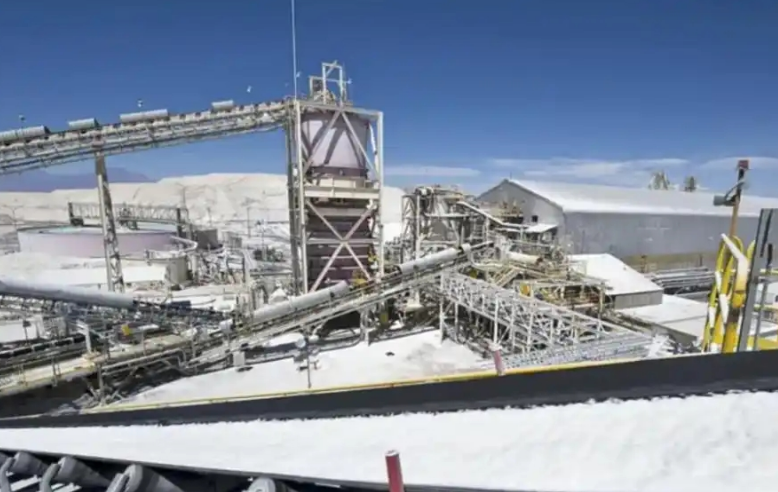Whoever holds the key mineral resources will have the initiative in the future great power game.
To increase strategic raw material production capacity, strengthen the European raw material value chain, and diversify supply sources. On March 25th, the European Commission approved the first batch of 47 strategic projects to promote the extraction of key raw materials in the EU. The selected projects focus on the development, extraction, and recycling of key metals and minerals such as aluminum, boron, copper, cobalt, graphite, lithium, nickel, and rare earths. Covering 13 EU member states - Belgium, France, Italy, Germany, Spain, Estonia, Czech Republic, Greece, Sweden, Finland, Portugal, Poland, and Romania.

Since the beginning of this year, with the increasingly complex global geopolitical situation and the rapid development of emerging industries such as new materials, new energy, and information technology, some strategic key mineral resources dominated by rare, scattered, and rare earth elements have become a new "battlefield" for countries to compete.
At the end of February this year, the Democratic Republic of Congo issued a suspension of cobalt exports to "better control" cobalt supply and prices in the global market. The Indonesian government, the world's largest nickel exporting country, is also considering raising royalty rates on nickel and various other mineral products to further enrich the national finances.
Since Trump took office, the focus of the United States has never shifted away from key minerals. From 'not ruling out the use of economic or military means to seize Greenland', to 'proposing to sign an agreement with Ukraine on rare earth minerals and natural resources', to' considering reaching a mineral agreement with the conflict ridden Democratic Republic of Congo ', and signing a mineral cooperation agreement with Ukraine, all demonstrate the US government's desire for key minerals under the leadership of Trump.


